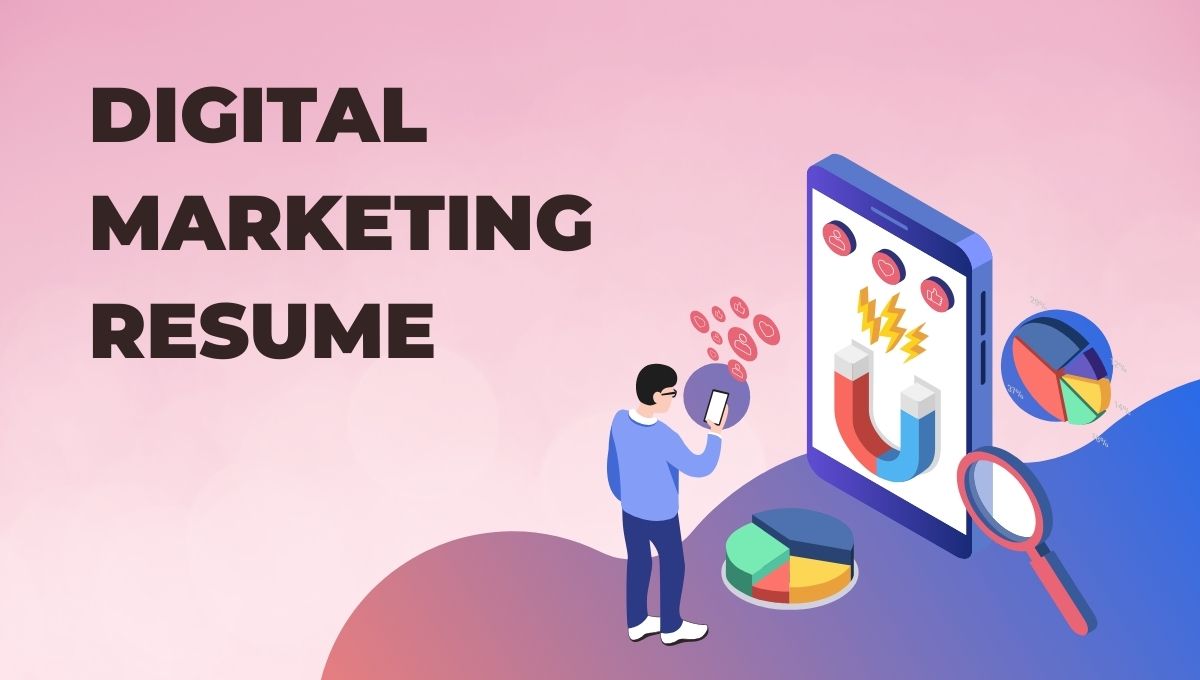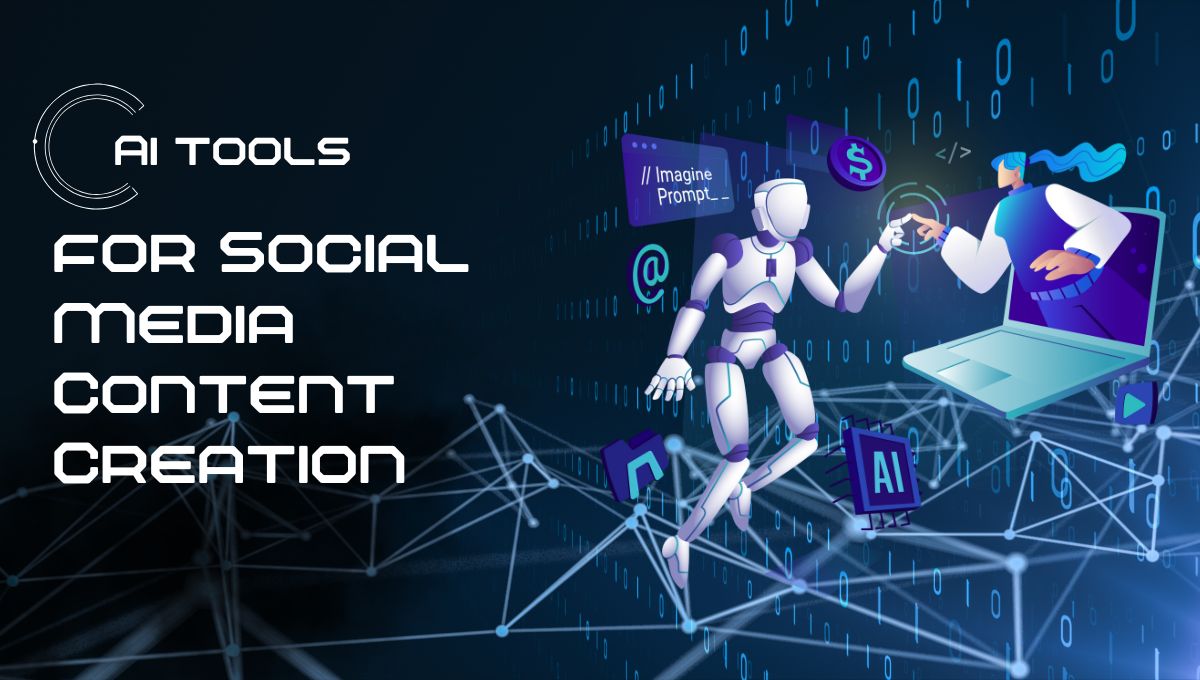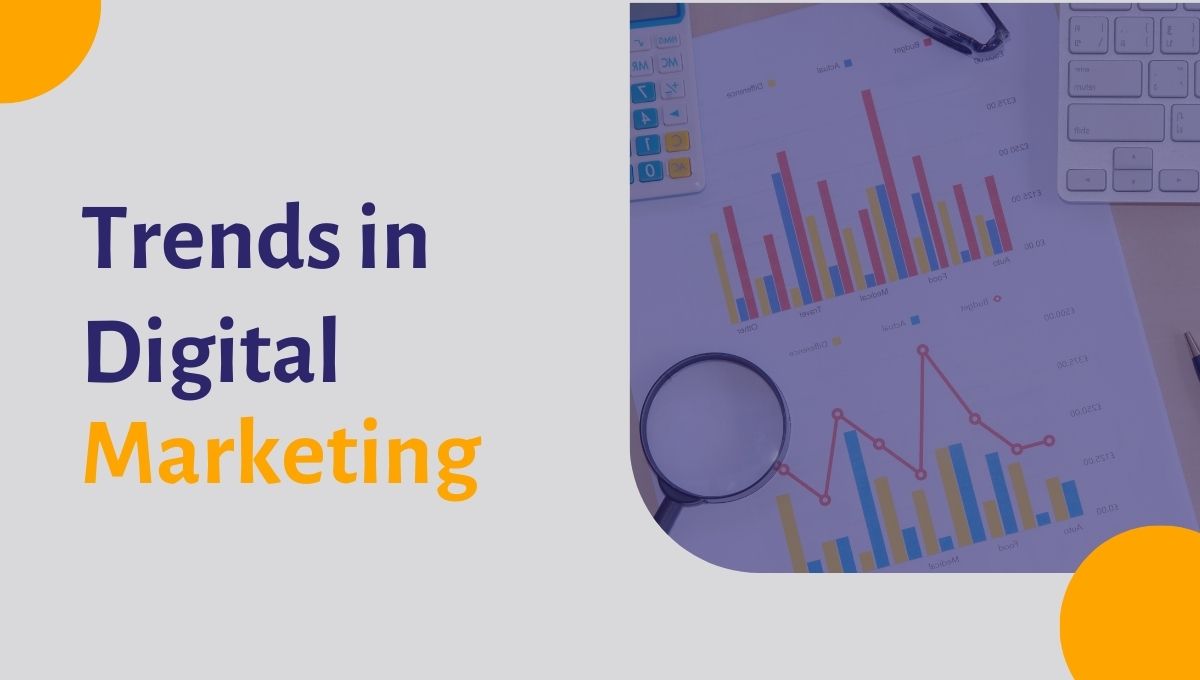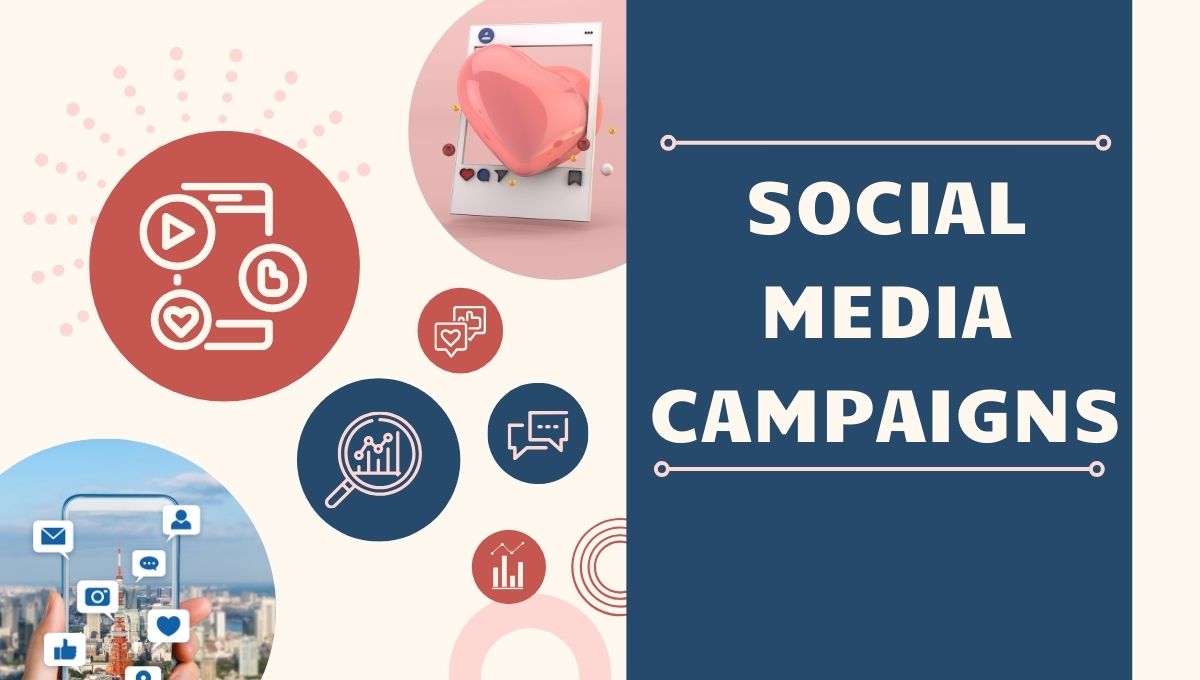In the present competitive job scenario, a carefully prepared digital marketing resume is indispensable if you are to get your dream job. Whether you’re a fresher looking for your first break- or an experienced professional aiming for career growth- your resume needs to highlight key skills, industry knowledge, and practical experience.
This blog will help you create an effective digital marketing resume for fresher and experienced- professionals alike, complete with essential skills, resume samples, and expert tips.
Why a Strong Digital Marketing Resume Matters
With more than 860,000 digital marketing job ads in 2024 across the world and the sector expanding at- 9% CAGR, there is high competition. Hiring managers spend approximately 6-7 seconds looking over a resume to determine whether they will shortlist an individual or not. That makes an orderly resume absolutely necessary.
Key Elements of a Digital Marketing Resume
| Section | What to include |
| Header | Full Name, Contact Information, LinkedIn Profile, and Portfolio (if available) |
| Professional Summary | A 2-3 sentence overview showcasing your expertise and career aspirations |
| Skills Section | List key digital marketing skills such as SEO, PPC, email marketing, content marketing, and analytics |
| Work Experience | Highlight roles, responsibilities, and achievements in bullet points |
| Education | Include degrees and certifications related to digital marketing like the MyCaptain Digital Marketing Program |
| Certifications | Include industry-recognised certifications (Google Ads, HubSpot, Facebook Blueprint). |
| Projects & Achievements | Showcase hands-on projects, campaign success, and measurable results |
| Tools & Software | Mention proficiency in tools like- Google Analytics, SEMrush, HubSpot, and Canva |
Key Skills to Include in a Digital Marketing Resume
Recruiters look for specific skills when hiring for digital marketing roles. Here are the must-have digital marketing skills resume should feature:
| Skill | Importance |
| SEO & SEM | Enhances website visibility and drives traffic. |
| Content Marketing | Engagges audiences through blogs, videos and infographics. |
| Social Media Marketing | Builds brand awareness and foster engagement. |
| Email Marketing | Generates leads and nurtures customer relationships. |
| Google Analytics | Helps track and optimise digital campagins. |
| PPC Advertising | Drives targeted traffic through paid ads. |
| Marketing Automation | Streamlines campaigns with tools like HubSpot and Mailchimp. |
Digital Marketing Resume for Fresher: Key Tips
If you’re a fresher, you may not have professional experience. However, you can still create a compelling digital marketing resume for fresher by focusing on the following:
- Highlight Certifications- Enrol in a digital marketing course like the Imarticus MyCaptain Digital Marketing Program to gain relevant knowledge.
- Showcase Personal Projects: Create a blog, optimise a website, or run social media campaigns.
- Internships & Freelancing: Mention any internship or freelance work you have done.
- Use Metrics: Even small projects can have measurable success.
Example- Increased Instagram engagement by 40% within three months.
Digital Marketing Resume Sample
Here’s a digital marketing resume sample format you can follow:
Here’s a basic digital marketing resume sample to help you get started:
John Doe
New Delhi, India
LinkedIn: linkedin.com/in/johndoe
Professional Summary
Results-driven digital marketer with expertise in SEO, content marketing, and paid advertising. Successfully managed social media campaigns that boosted brand engagement by 45%.
Skills
- SEO & SEM
- Social Media Marketing
- Email Marketing
- Google Ads & Analytics
- Content Marketing
Work Experience
Digital Marketing Intern – XYZ Agency | Jan 2023 – Present
- Managed SEO campaigns that increased organic traffic by 30%
- Created engaging social media content, leading to a 20% rise in audience engagement
Education & Certifications
- BBA in Marketing, XYZ University
- Digital Marketing Course – MyCaptain Digital Marketing Program
Tips for Crafting a Standout Digital Marketing Resume
Use Keywords Strategically
Many companies use ATS (Applicant Tracking Systems) to filter resumes. Ensure your digital marketing resume sample includes job-relevant keywords like SEO, PPC, Google Analytics, content marketing, and email automation.
Highlight Metrics & Achievements
Instead of saying “Managed social media accounts”, write:
“Increased Instagram engagement by 35% in 3 months through targeted content.”
Keep It Concise
Your digital marketing resume for fresher should be one page long, while experienced professionals can opt for two pages.
Showcase Certifications
Completing a digital marketing course can set you apart. Consider enrolling in the MyCaptain Digital Marketing Program to gain hands-on experience.
Customise for Each Job
Tailor your digital marketing skills resume to match the specific role you’re applying for.
Common Mistakes to Avoid in a Digital Marketing Resume
- Ignoring Keywords: Use industry-relevant keywords like digital marketing skills resume to get past Applicant Tracking Systems (ATS).
- Lack of Quantifiable Results: Recruiters want to see numbers. Example: Improved website traffic by 50% in six months.
- Too Lengthy or Too Short: Keep it one page for freshers, two pages for experienced candidates.
- Missing a Portfolio Link: A well-organised portfolio can enhance your chances.
- Generic Resume: Customise your resume for each job application.
How a Digital Marketing Course Can Boost Your Resume
If you’re new to digital marketing, enrolling in a digital marketing course can enhance your resume and employability.
Why Choose the MyCaptain Digital Marketing Program?
- 100% live instructor-led sessions
- Hands-on projects with real-world applications
- Certification upon completion
- Placement support for freshers and job seekers
Check out what one of our learners have to tell about this course
FAQs
- What should a digital marketing resume include?
A digital marketing resume should include a summary, skills, work experience, certifications, and achievements. - How to write a digital marketing resume for fresher?
A digital marketing resume for fresher should focus on skills, internships, projects, and certifications from a digital marketing course. - Where can I find a digital marketing resume sample?
You can find a digital marketing resume sample in this blog, showcasing the ideal structure and format. - What are the must-have skills for a digital marketing skills resume?
A digital marketing skills resume should highlight SEO, social media marketing, PPC, content marketing, and analytics. - How does a digital marketing course help in resume building?
A digital marketing course provides hands-on experience, certifications, and practical knowledge to strengthen your resume. - What is the best format for a digital marketing resume?
The best format for a digital marketing resume is a clean, ATS-friendly structure with bullet points and clear headings. - Can I get a job with a digital marketing resume for fresher?
Yes! With the right digital marketing course, skills, and certifications, freshers can land entry-level roles in the industry. - How do I optimise my digital marketing resume for ATS?
Use relevant keywords like digital marketing skills resume, industry tools, and metrics to pass ATS filters.
Conclusion:
Our digital marketing resume is the first step toward a successful career. Whether you’re creating a digital marketing resume for fresher or an experienced professional, focus on highlighting the right digital marketing skills resume and backing them with certifications like a digital marketing course.
“A great resume gets you an interview; a great skillset gets you the job.” – Rand Fishkin, Moz Founder
By following these tips, using the digital marketing resume sample, and gaining industry-relevant skills, you’ll be well-prepared to enter the competitive digital marketing landscape.










